Easy NLG Example Explained for Grade 6 Students
Computers can write stories and articles using Natural Language Generation (NLG). NLG helps computers turn data into written words that make sense. This article will show you a simple NLG example to help you understand how it works. By the end, you’ll see how computers can be storytellers like humans!
What Are Word Robots (NLG)?
Word robots, or Natural Language Generation, are powered by artificial intelligence. They convert structured and unstructured data into natural written or spoken language. They work through computational linguistics, natural language processing (NLP), and natural language understanding (NLU). These systems utilize both extractive and abstractive methods. They involve data analysis, understanding, structuring, and presentation to create human-like narratives.
The key components of word robots include data analysis, computational linguistics, NLP, and NLU. These components process language by mining large quantities of data. They identify patterns and efficiently produce time-sensitive stories. NLG plays a crucial role in transforming numerical data into comprehensive reports, responding to customer input, and improving relationships through personalized and easily understood interactions.
Using word robots for communication and customer interaction offers several benefits. They enable businesses to analyze customer input and respond in a personalized manner, improving customer relationships. NLG can also speed up data analysis, transform contact center responses, improve employee performance, and summarize insights.
How Word Robots Make Sentences
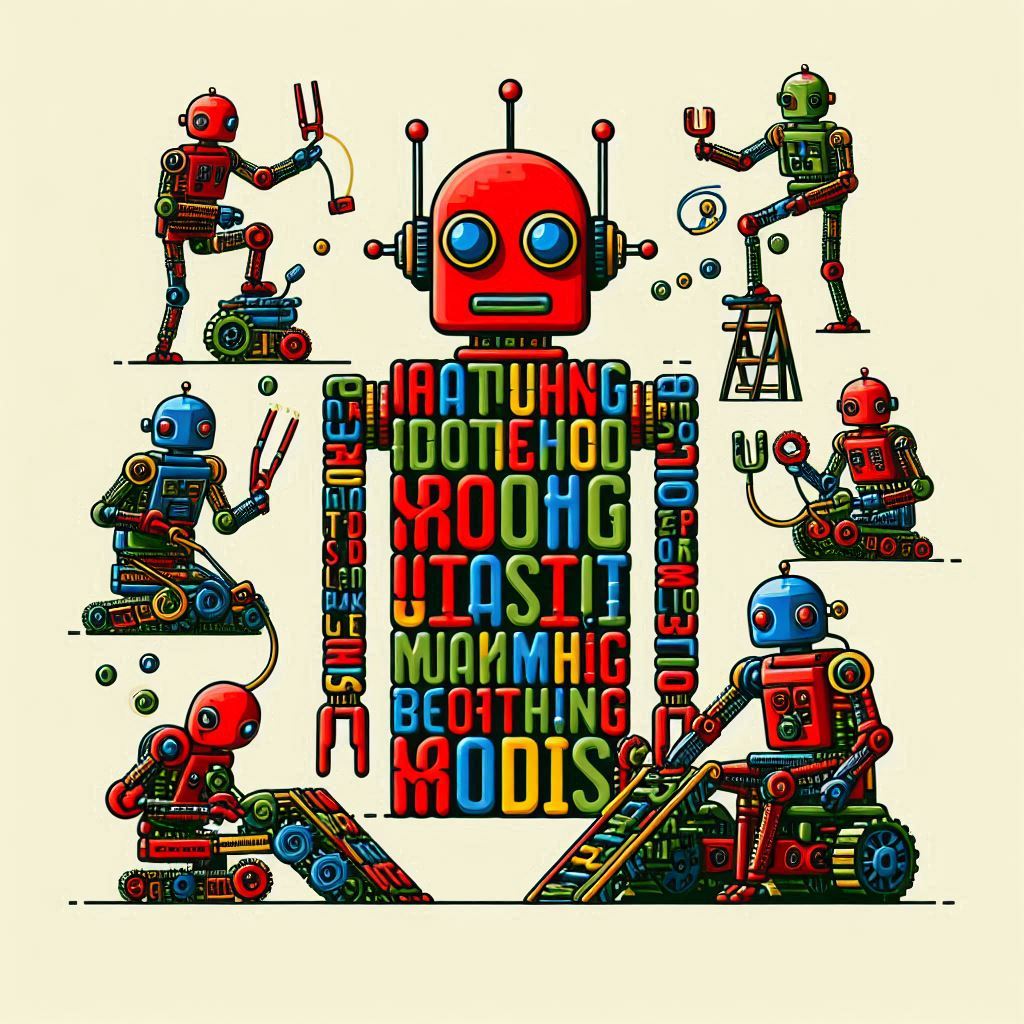
Word robots use Natural Language Understanding to analyze input data. Then, they structure the data to create meaningful narratives, making it easier for users to interact with computers.
The basic word-processing steps for word robots include data analysis, understanding, structuring, and presentation. These steps help transform unstructured data into easily understandable, personalized narratives for effective communication.
Word robots employ Natural Language Generation to provide quick, personalized customer responses. This allows businesses to speed up data analysis, respond to customer input, and improve customer relationships through human-like responses from voice assistants and chatbots.
The Parts of Word Robots
Word Understanding (NLU)
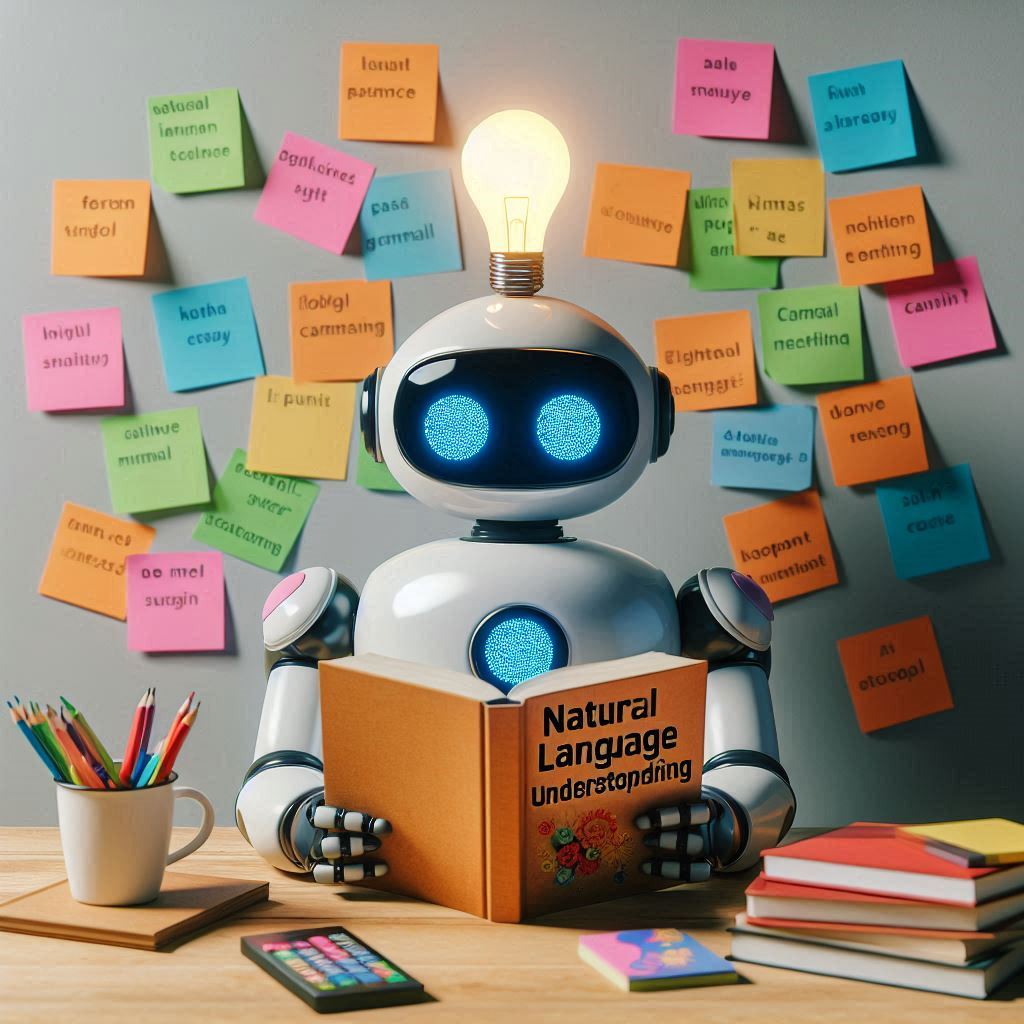
Word Understanding plays a significant role in natural language processing by enabling machines to comprehend and interpret human language effectively. This component is crucial for analyzing customer input and providing personalized, easily understandable responses, such as those generated by voice assistants and chatbots.
NLU contributes to machines’ understanding and interpretation of language through computational linguistics and natural language processing, allowing for extracting meaningful information from structured and unstructured data. Key components and techniques used in Word Understanding (NLU) include data analysis, understanding, structuring, and presentation, which help facilitate accurate language processing.
Additionally, leveraging brilliant systems and advanced models such as recurrent neural networks and transformer models can enhance the effectiveness of Word Understanding (NLU) in natural language processing.
Word Processing (NLP) Basics
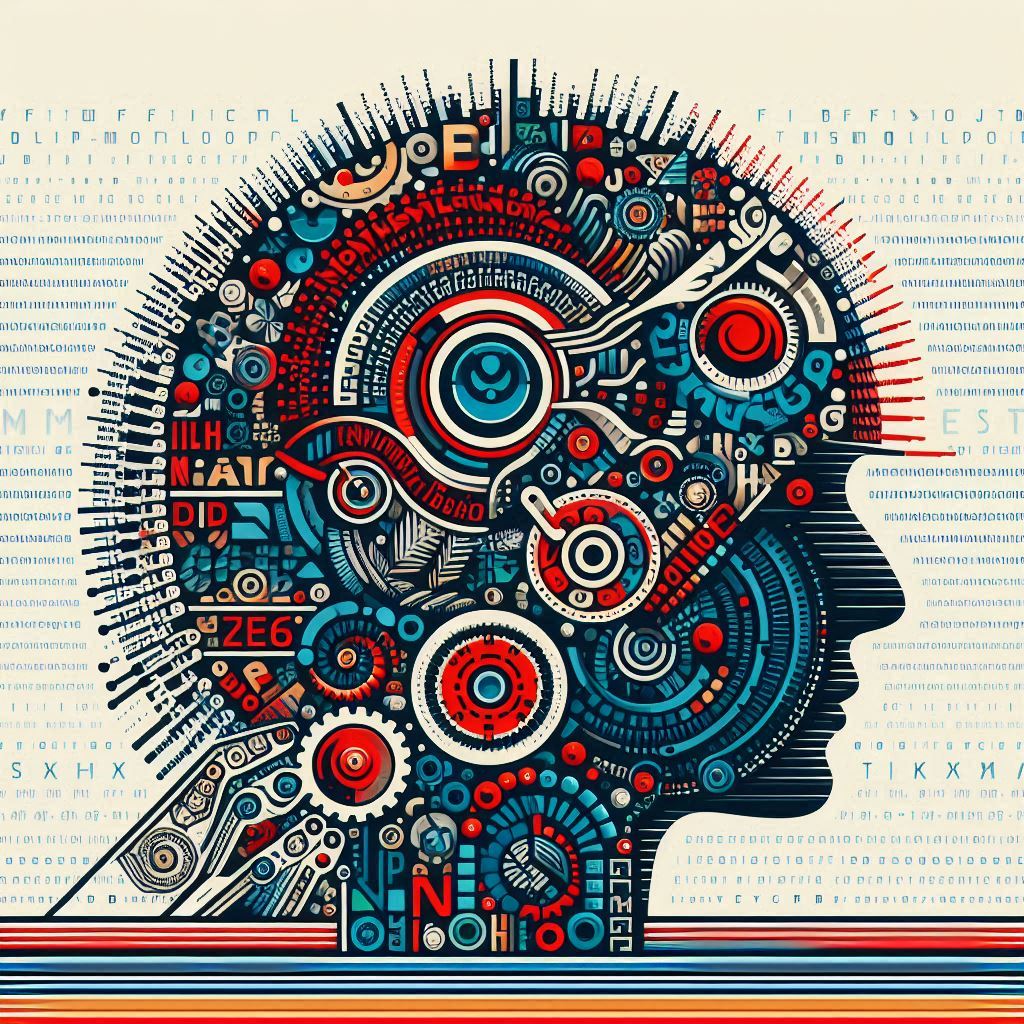
Word processing uses artificial intelligence to create natural written or spoken language from different data types. It’s closely related to word robots and uses computational linguistics, NLP, and NLU to generate human language from data. Word robots work through Natural Language Generation (NLG), involving steps like data analysis, understanding, structuring, and presentation. They use extractive and abstractive methods.
These robots can speed up data analysis, improve customer relationships, and provide personalized responses in customer interactions. This enhances the overall customer experience and relationship by making communication more personalized and easily understood.
Why Word Robots Are Helpful
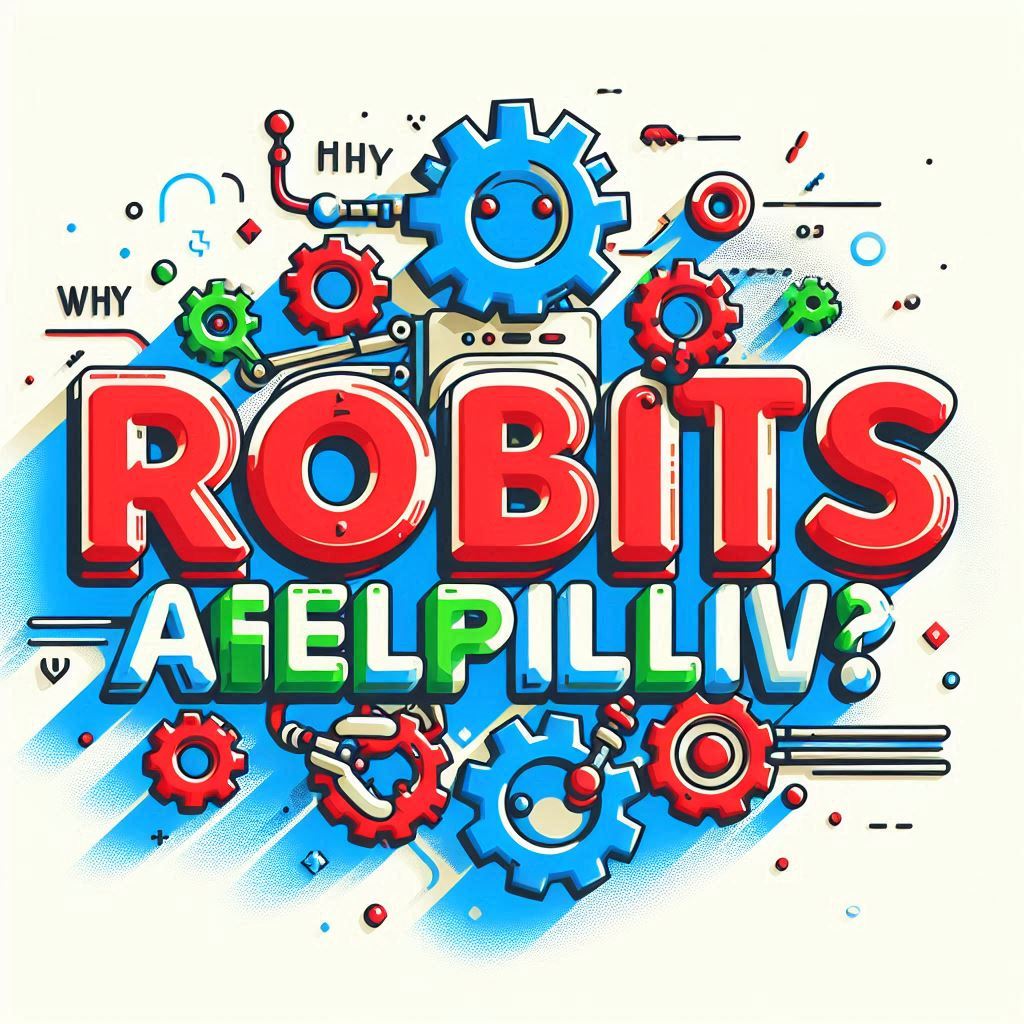
They Get Information Fast!
Word robots, or Natural Language Generation technology, offer many benefits for getting information quickly.
They can analyze customer input and respond in a personalized, easily understood manner, which allows voice assistants and chatbots to respond human-like.
NLG technology can also transform numerical data into reports, which is essential for businesses as it speeds up data analysis, responds to input, and improves customer relationships.
Word robots also help individuals and customers write back quickly.
They use computational linguistics, natural language processing, and natural language understanding to efficiently respond to customer queries, which helps them provide fast and accurate information to customers.
For example, NLG can transform contact center responses, summarize insights, and improve employee performance.
Choosing brilliant systems to transform business operations and leveraging NLG to respond to customers are smart ways to utilize word robots to provide fast replies and information.
Additionally, NLG models and methodologies, such as Markov chains, recurrent neural networks, long short-term memory, and transformer models, can efficiently mine large quantities of data, identify patterns, and produce time-sensitive stories.
They Can Write Back to You Quick
Word robots, or NLG software, help write back quickly. They can process large amounts of data efficiently and transform it into human language, speeding up data analysis and enabling prompt responses to customer input.
NLG technology facilitates communication with customers by providing personalized and easily understood responses. It uses computational linguistics, NLP, and NLU to analyze customer input and produce human-like stories.
Word robots can present meaningful data-driven narratives by leveraging extractive and abstractive NLG methods. To use these robots effectively, businesses must follow essential steps, including data analysis, understanding, structuring, and presentation.
Choosing a brilliant system to transform business operations enables companies to leverage NLG to respond to customers quickly and efficiently.
Making Friends with Customers Is Easier
Using word robots can help build friendships with customers. They provide personalized and easy-to-understand responses to customer inquiries. By analyzing input and responding like a human, word robots create an engaging customer experience. They also transform numerical data into reports, helping businesses respond to customer feedback efficiently.
Benefits of using word robots to engage with customers:
- Speeding up data analysis
- Providing personalized responses
- Improving customer relationships
- Creating meaningful interactions
- Accurately summarizing insights
- Improving employee performance
Word robots enhance customer interactions by providing a personalized and relatable experience. They respond in a human-like manner and transform data into reports, creating engaging experiences for customers. This leads to improved satisfaction, loyalty, and overall business performance.
Using Word Robots In Steps
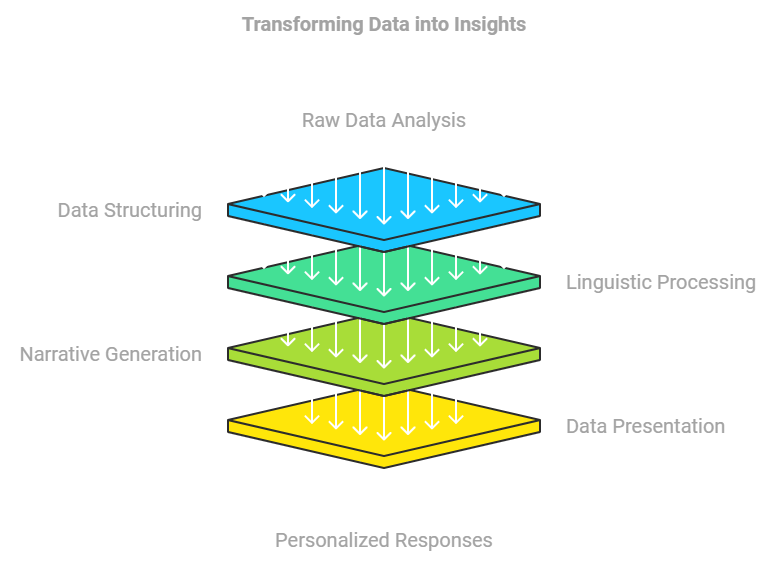
Six Steps to Make Word Robots Work
To make Word Robots work effectively, follow these six steps:
- Analyze the data to understand the input and identify key points.
- Structure the information in an easily understandable way.
- Use computational linguistics and natural language understanding components to process and interpret the data.
- Leverage NLG technology to convert the data into human-like and meaningful narratives.
- Present the transformed data to the users for communication.
- Word Robots can effectively analyze customer input and respond in a personalized, easily understood manner.
When choosing a Word Robot for the team, consider a brilliant system that can transform business operations. These systems can summarize insights, improve employee performance, and transform contact center responses.
Smart Ways to Use Word Robots for Replies
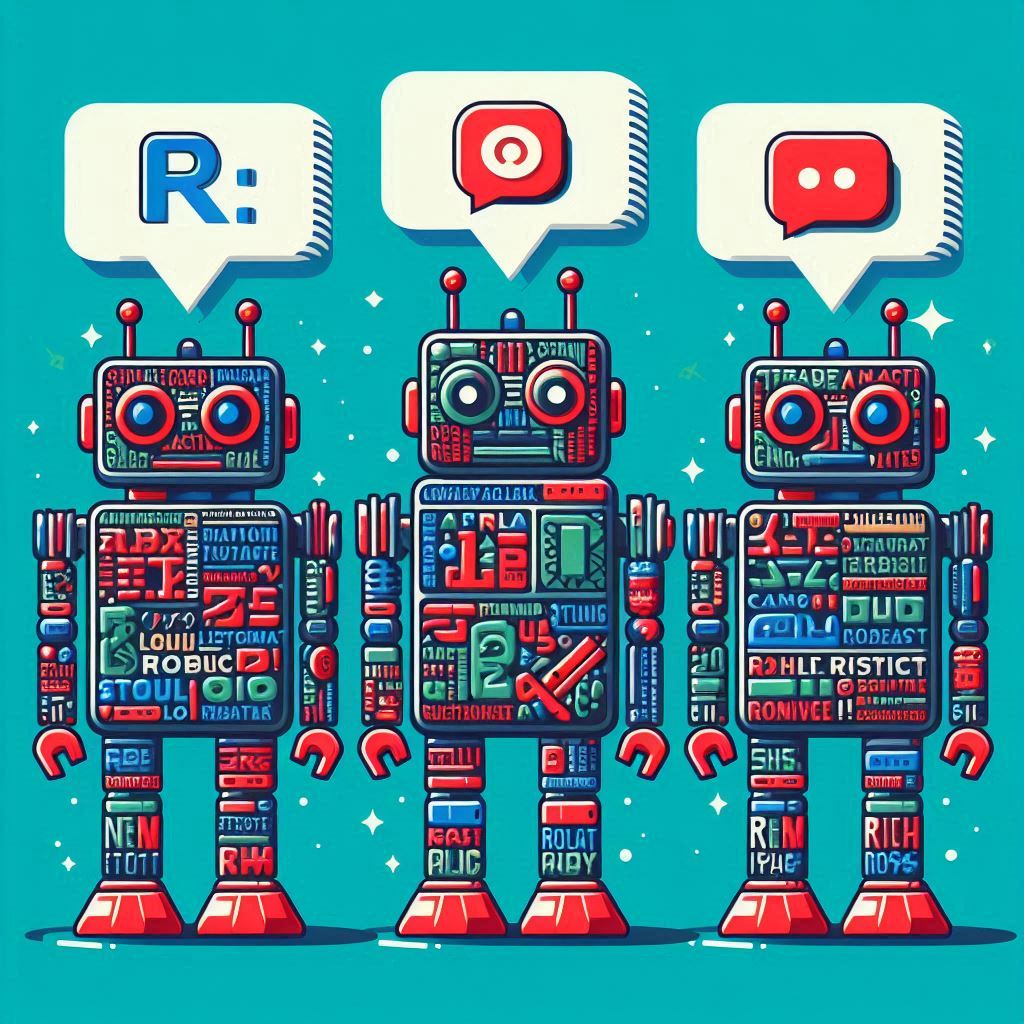
Word robots can quickly and easily respond to customer inquiries using Natural Language Generation technology. This AI-driven process allows the robots to analyze customer input and generate personalized, easy-to-understand responses. Businesses can implement intelligent systems to improve customer relationships and expedite data analysis. NLG can also transform contact center responses and summarize insights, providing human-like storytelling around unstructured data.
To maintain a personalized and human-like tone in replies, word robots can be customized to use extractive and abstractive methods, leveraging computational linguistics, natural language processing, and natural language understanding. Integrating word robots into a company’s communication system can significantly enhance customer interactions and business operations.
Choosing a Smart Word Robot for Your Team
A smart word robot for your team should be capable of:
- Handling specific tasks such as data analysis, understanding, structuring, and presentation
- Transforming numerical data into reports efficiently
- Responding to customer input in a personalized and easily understood manner
- Integrating seamlessly with the team’s existing systems and processes
- Leveraging computational linguistics, natural language processing, and natural language understanding to improve overall operations
- Mining large quantities of data, identifying patterns, and producing time-sensitive stories efficiently
- Delivering human-like and meaningful storytelling around unstructured data
- Summarizing insights and improving overall team performance
Starting Out with Word Robots
Word Robots, also known as Natural Language Generation, are a type of software process driven by artificial intelligence. They convert structured and unstructured data into natural written or spoken language.
Word Robots’ technology uses computational linguistics, natural language processing, and natural language understanding to analyze and understand data before producing human-like responses.
This technology is used to:
- Transform numerical data into reports
- Create personalized responses in voice assistants and chatbots
- Summarize insights in a meaningful and easily understandable manner.
Word Robots involves data analysis, understanding, structuring, and presentation.
Some popular NLG methodologies include:
- Markov chains
- Recurrent neural networks
- Long short-term memory
- Transformer models
These have applications in chatbots, voice assistants, and various other AI-driven tasks.

Vizologi is a revolutionary AI-generated business strategy tool that offers its users access to advanced features to create and refine start-up ideas quickly.
It generates limitless business ideas, gains insights on markets and competitors, and automates business plan creation.


